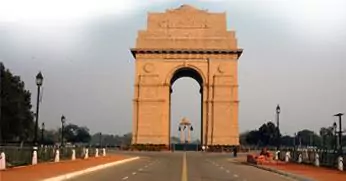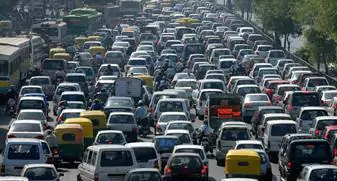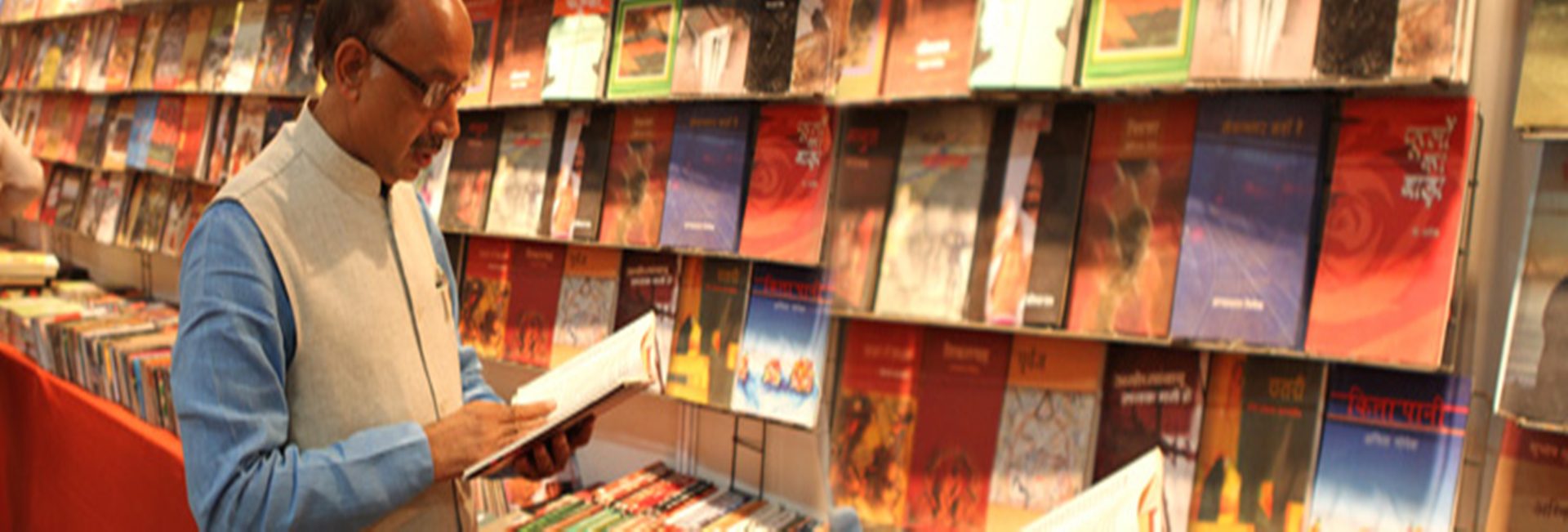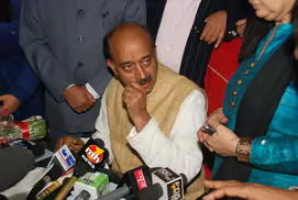Pollution
Home / Pollution
Vision for Delhi
My visions for Delhi stems from these inspiring words of Swami Vivekanada. I sincerely believe that Delhi has enough number of brave, bold men and women who can make it not only one of the best cities.
My vision for Delhi is that it should be a city of opportunities where people

Dog Menace






Latest Updates
People Says

Vijay Goel is a national leader with wider vision and worked on the ground in Delhi.
Shantanu Gupta

No cricket with Pak until terrorism stops, says sports minister Vijay Goel Finally! Kudos for a much needed call!
Amrita Bhinder

Simply will appreciate Vijay Goel’s working style, witnessed his personal attention to west Delhi – Paschim Vihar ppl even at late hours.
Neerja

One must appreciate how Vijay Goel is working so hard and looking out for all sports. One can feel the change. Best wishes!
Saurabh Thapliyal
Vijay on Issues









Achievements




Vijay's Initiatives



